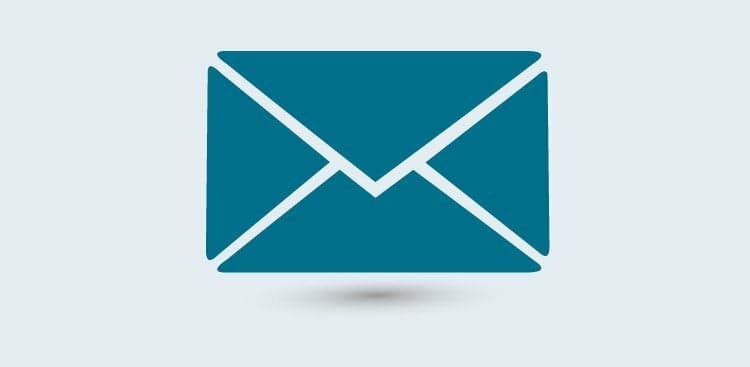In the world of emails, even the tiniest change can turn your okay message into a fantastic one. Tweaking your writing just a tad can be the difference between an important connection pressing the trash icon or actually clicking “Reply.”
As someone who runs an entirely virtual organization with more than 120 staff members, I’ve seen more than my fair share of awesome emails—and totally subpar ones—and have noticed that, a lot of times, the a message’s professionalism (or lack thereof) is what makes me decide whether to help the sender out or not.
So, what are these tiny changes that can make your emails way more professional (and therefore much more likely to get you what you want)? Here are nine key things to keep in mind.
1. Have a Purposeful Subject Line
No matter who you’re emailing, never leave your subject line blank or vague (I’m looking at you, “Question” or “Important Message”). The trick is to be as specific as possible, but to also keep your line around four to nine words. Less is more, but having something there to begin with is crucial—it will tempt the reader to click on your email and help you both find it in your inboxes later.
Your subject line can also be a great place to make it clear what next steps are. Try adding (Need by Tuesday) if there’s a deadline, (Non-urgent) if it’s not time-sensitive, or (No Response Needed) if it’s an FYI email that you don’t need a response to.
2. Write Your Email Backward
You probably know that every email should have a call to action. Whether it’s emailing you back by a certain time or arranging a meeting, you want to make it easy for your reader to know what he or she needs to do next.
But many people stick this in the last sentence of the message. Instead, to make your emails easier to digest, put your specific ask in the first sentence, and then add whatever information you need to back it up in the paragraphs following.
3. Give Context
When giving your call to action, be sure to include some sort of sentence that sets the context of the email (“This is the report we discussed last meeting” or “This is me following up from our event last Monday”).
4. Make Use of Spacing
This definitely seems like a no-brainer, but it’s actually not uncommon to receive emails with no breaks between different paragraphs or new thoughts. Nothing is more obnoxious than receiving an email that looks like a wall of text where the writer didn’t even bother to break down sentences into small, more manageable paragraphs. Make it easy for the reader: Give your email a beginning, a (short) middle, and an end.
5. Stick to a Single Font
Using neon Comic Sans in an email won’t make you memorable, it’ll just make you weird. In other words, always keep the default email font and color. Also, don’t use multiple fonts in your email. This often happens by accident when people are copying and pasting information from other sites, since email clients like Gmail don’t strip the formatting. To avoid this, push “shift + command + v” instead of just “command + v,” which will cause the text to match the formatting in the email.
6. Bold or Underline—But Only When Really Needed
If your email contains more than one very important point or question, use bold or underline to make those parts of your message stand out. Just beware of going overboard with font formatting—you don’t want an email that’s entirely italicized, bolded, and underlined, after all.
7. Proofread Everything
Everyone knows to check for spelling and grammar mistakes in emails, but have you checked to make sure dates, event titles, deadlines, and names are spelled correctly? In my case, I always feel slightly annoyed when people put that extra “l” in “Lily” to make it “Lilly.”
8. Keep Your Signature Simple
It’s nice to have a signature that’s more than just your name, but it shouldn’t take up half of the email. Leave out any long quotes, paragraphs with your life story, resume snippets, you get the idea. Just your name, your current position, and one or two ways of contacting you (like an email address and Twitter handle with hyperlinks) are plenty.
Another side note: I’ve seen a surprising number of professionals put religious quotes at the end of their email signatures, and this is definitely something to think carefully about. Remember, you probably don’t know the belief systems of the majority of people you email, and you don’t want someone put off because of something totally within your control.
9. Use BCC When Necessary
Instead of keeping someone who’s no longer part of the conversation on a thread, move that person to BCC (and make sure you let him or her know when you do it!). A simple “Moving [Name] to BCC” at the beginning of the email should suffice to make sure everyone’s on the same page.
Sending great emails is all about mastering the little nuances that your reader may not notice but will subconsciously appreciate. Armed with this list, you’re one step closer to being a master of the inbox.

